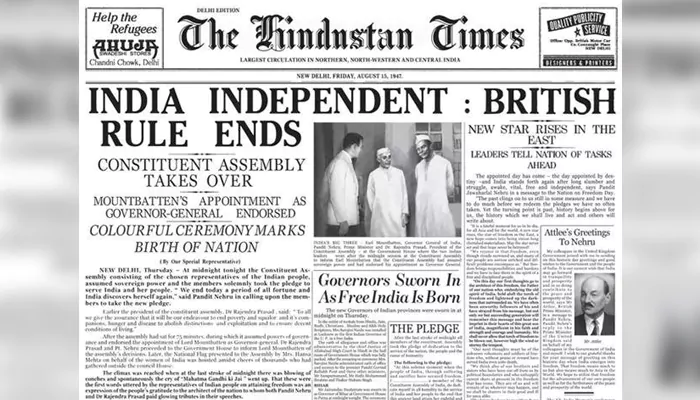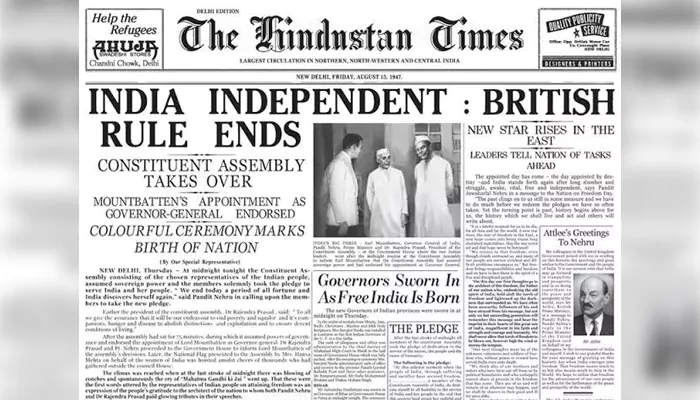India's Forex Reserves Touch All-Time High: Driving Factors, Impact on Indian Rupee & Forecasting Future
- Admin
- 1 year ago
- 3 minutes read

Foreign exchange reserves or Forex reserves are primarily assets held by any country's central bank or monetary authority.
The forex reserves play a crucial role in maintaining the stability of the nation’s currency and economy. These are also used to support liabilities as well as influence the monetary policy of any nation. The Indian forex reserves have observed fluctuations many times, reflecting nation's economic dynamics along with global financial conditions. As Indian Forex reserves reach all time high, we will discuss about its impact on Indian Rupees, International trade and growth projections.
India's Forex Reserves Reach New Heights:
According to latest data from Reserve Bank of India (RBI): “India’s forex reserves reached $657.155 billion during the week ended July 5,” with a significant increase of $5.158 billion.
The previous peak was recorded on June 7 with $655.817 billion. The key driver behind this spike is the foreign currency assets contributing around $577.11 billion. Along with that, Gold reserves reached $57.432 billion with an increase of $904 million. Overall, India’s reserve position with the International Monetary Fund (IMF) increased to $4.578 billion.
Reasons behind this Surge:
Well, there are multiple reasons behind this surge! Gold reserve is one important reason among this. It added value and security during tough times. Apart from that, effective political and economic relationships with foreign countries are helping India to grow their foreign exchange reserves. Moreover, India has created a positive impact globally through stabilizing the currency post pandemic.
Impact on Indian Rupee:
Rise in forex reserves provide RBI greater flexibility to handle India's currency and monetary policy amidst global economic slowdown. Generally, the foreign currency assets include the effect of “appreciation or depreciation of non-US units” such as the euro, pound or yen held in the forex reserves. The rising forex reserves will help Indian rupee to strengthen against the dollar.
Meanwhile, the RBI decides liquidity management through the selling of dollars to prevent steep depreciation in the Indian rupee.
Impact on Indian Economy:
The foreign currencies reserve includes the US Dollar, the Euro, and the British Pound. Holding these currencies support in liquidity and enable India to pay for international trade transactions.
Generally, higher amount of foreign reserves take any country to the comfortable position. Forex reserves provide a level of confidence to markets as well as investorsfor more business and industrial growth.
India Aiming for Trillion Dollar Forex Reserves:
Indian economy is a prime focus for foreign investors. During economic contraction, forex reserves provides the required cushion. As software services and remittance are currently contributing largely in Indian forex reserves, the nation set an ambitious goal of trillion Dollar forex reserves by end of 2030. The capital account inflows including Foreign Direct Investment (FDI), Foreign Portfolio Investment (FPI) are projected to reach $ 100 billion per year by FY25.
Indian forex reserves touched the $100 billion figure for the first time in 2004. With a steady growth over the years helped India crossing the prestigious $500 billion figure for the first time during Covid-19 pandemic in 2020.
Stable growth in forex reserves will surely accelerate India’s economic growth, enhancing global attractiveness to support domestic trade and industry.












